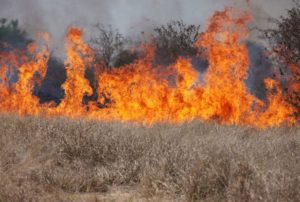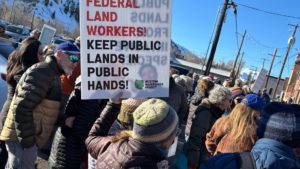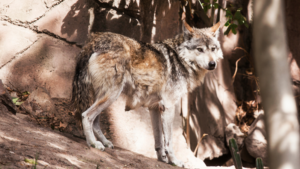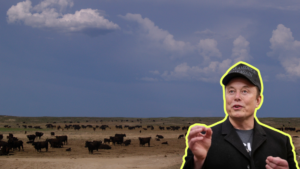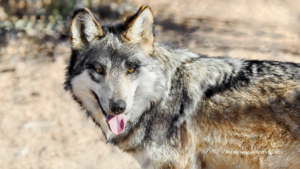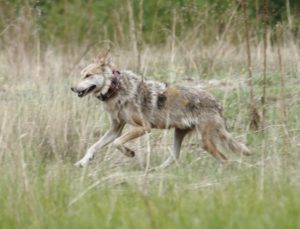
Saving sage grouse
Tribune Editorial, May 13, 2009
Updated: 05/13/2009 05:42:14 PM MDT
A funny-looking bird that fluffs its feathers to dance an elaborate mating rite just might be able to accomplish what well-funded environmental groups have been struggling to do for decades: bring about regional protection of vast swaths of Western lands.
The sage grouse might turn out to be the Great Basin’s equivalent of the northern spotted owl, the bird whose near-extinction slowed timber cutting in the Northwest and saved millions of acres of old-growth forests after it was listed as endangered under the Endangered Species Act.
The sage grouse, dwindling in number as oil and gas production, all-terrain vehicle traffic, longer and more severe wildfire seasons and invasive species cut into its habitat, is the Intermountain West’s canary in the coal mine. Its shrinking habitat is a harbinger of further damage from global warming and human overuse of the land, so its plight should not be ignored.
The sage grouse is being considered for ESA protection. And the Western Watersheds Project, based in Idaho, is suing the Bureau of Land Management for failing to take the plight of the hen-size bird into account when it formulated 18 Resource Management Plans affecting more than 34 million acres of public land in six Western states, including Utah.
On Monday, U.S. District Judge B. Lynn Winmill rightly refused to either dismiss or split apart the sweeping lawsuit, saying that the BLM plans, hurriedly approved last year before the Bush administration left office, are meant to guide management of livestock grazing, motorized recreation, energy development and other uses of public land so that wildlife and other resources are protected. The suit argues that the RMPs, including those in the Moab, Richfield, Monticello, Price, Kanab and Vernal areas of Utah, violate the fundamental environmental laws of the United States and the BLM’s own policies.
The judge’s decision to allow the lawsuit to proceed signals his intent to consider the effects of BLM management policies on the six-state region as a whole, since the sage grouse’s original habitat comprised the entire area. Winmill is correct in recognizing that global warming and the impact of human activities such as drilling are not limited by state or judicial boundaries.
In protecting the sage grouse, we protect ourselves and the scenic wonders we treasure from the headlong rush to extract more fossil fuels, to pollute our air, and to mar our most fragile landscapes with excessive ATV traffic.
When creatures like the sage grouse become endangered, so do we.
~~~~
WWP Home
WWP Sage grouse page

